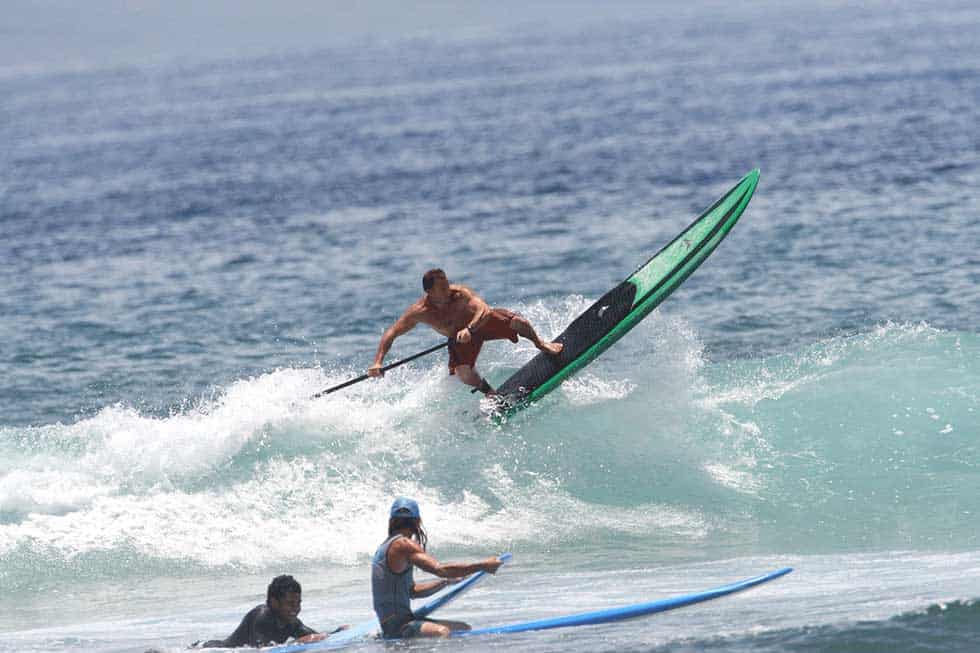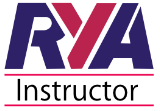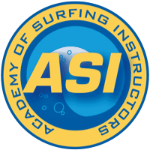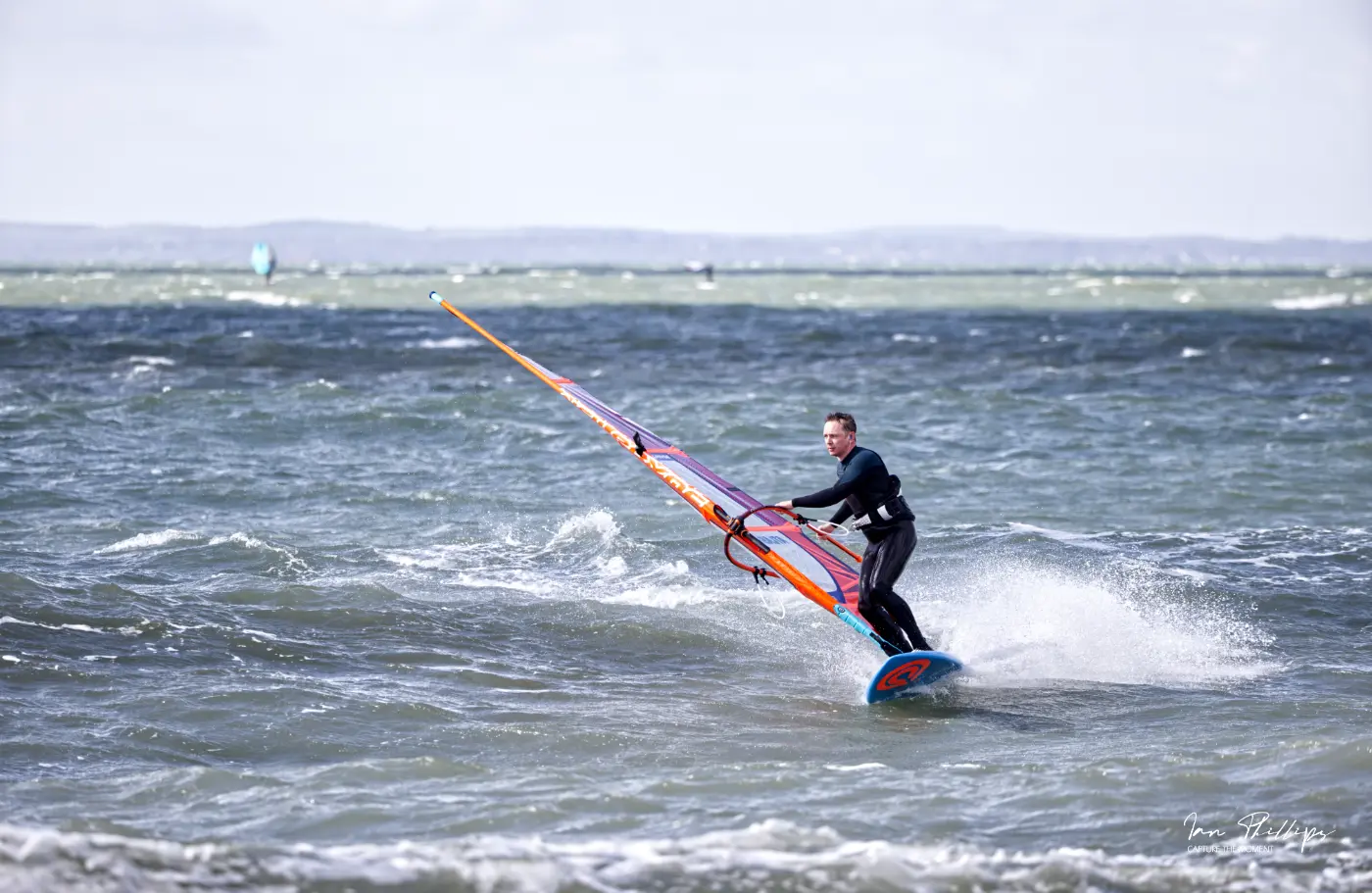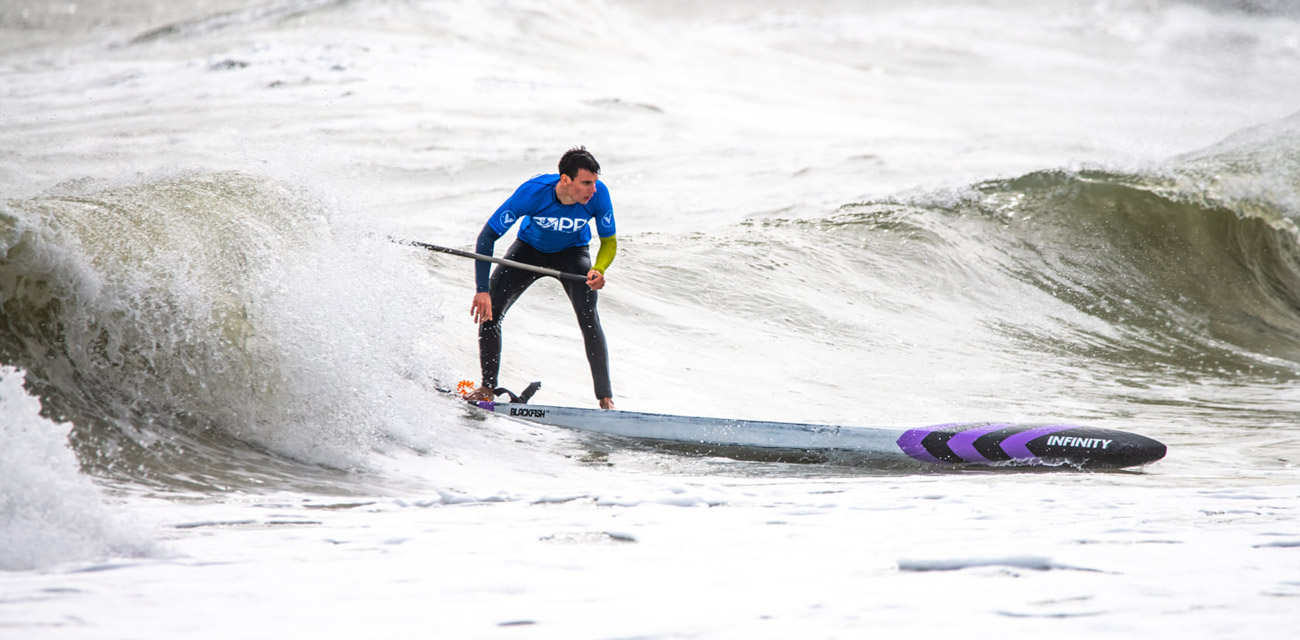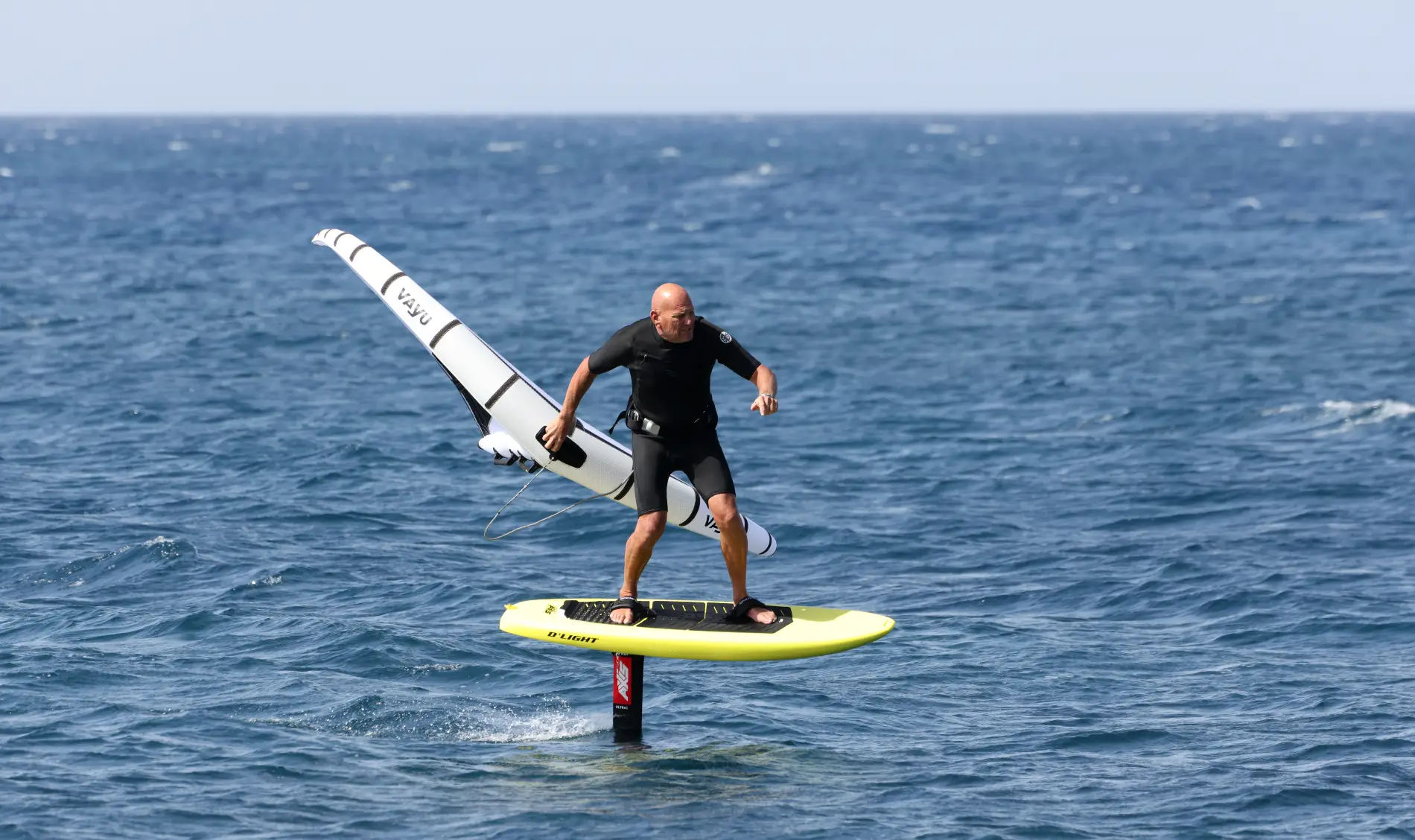You look online and see photos of guys and girls shredding in places you could only dream of, often riding boards so small that only a child can stand on them.
Why, what’s the whole thing with short and longer surf sups. no matter how short you go it is still a pretty big board compared to a surfboard so what really makes a difference and how will it affect you.
I’m really lucky that I get to ride a wide range of boards and as conditions change during the day I may opt for another board to better suit the waves and changing conditions, but this isn’t the case for most people so you really need to know what you are looking for and not jump in too deep.
I’ve lined up a list of things that I think really matter and under each one I’ve shown how I look at each one.
Location
This is the most important of all. If you have a favourite or local spot then it makes sense to get a board that really fits those waves. If you visit Cornwall once a year then it doesn’t make sense to buy your one board based no that adventure.
Length
SUP surfboards range from 7’0 to 10’0 in general. That’s a good range and covers pretty much every size of rider, and wave type.
The shorter a board is the more snappy it will be in tight turns and as the boards get longer they will generally turn more slowly, but this isn’t always the case.
If a longer board (9’0 onwards) is very flat along its water line then it will have a slower turning speed, but add some rocker line with tail kick and this can change a lot. I know that the Jimmy Lewis Hanalei that I ride is a board that could be considered the Swiss Army Knife of boards. The one I currently ride is 10’0 long and 28 wide. It has a really nice progressive rocker line and more importantly has a really cool tail kick that lets me carve it really tight if I want to.
Going shorter becomes instantly looser when on the wave, but often paddlers find it harder to get into a wave as the board requires a steeper section to drop in.
Fins
I’ve written articles on fins that go into more detail, but something I really like is to loosen the longer board up by reducing the size of the centre fin if it is in tri-fin configuration. If you are looking for more stability then a bigger mid fin might help but will slow things down so my suggestion is get out and practice more.
Width
Short and wide is a great combo for paddlers who want more stability in a slashy short board and there is loads of kit out there that will accommodate that setup. 8’5 30-31 is a really nice loose combo for lesser clean waves or heavier paddlers.
Going narrow e.g 28 will see things getting way more tricky, but will also see huge steps forward in board performance if you got the skills to light it up.
Longer boards can afford to be a bit narrower as you have more board for the full length giving stability, but even then I would only go to 28 wide as you still have to enjoy the paddle out and hanging around waiting for waves.
Volume
Volume is totally variable but it has a lot to do with performance. Stripping out volume means you are controlling less foam and weight that will improve control.
Many brands deliver short boards of 8’0 ish and chuck in loads of volume – 150 litres +. It gives paddlers the chance to ride shorter kit but as you improve you soon find that the board can start to feel bouncy or corky as too much volume can work against you.
Shape
Shape has a lot to do with how it will perform at your home break and there are so many options from classic longboard style round nose to vanguard shorties to choose from.
A tiny shortboard with pointy nose and round tail will be pretty rad but may be hard to paddle out on if you don’t spend hours practicing or have rougher water.
A longboard shape will be easier to paddle out as it is longer, but may not feel so radical if you are after a slasher.
Conclusion
If you are after one board to do it all then don’t go too short, you ‘ll limit your water time. Think about how often the sea has been choppy and how your local break works – is it slow or fast.
You can read all the brochures you like and they will tell you what they want to flog a board but in the end you need to try it on the water, at least paddling it out.
If I had to have one board I would go around 8,5-9ft so I was able to shred a bit harder but grab waves in less than perfect conditions. If I could add another board to my quiver I’d go 10ft for some old school or bigger wave riding.
Obviously this is all relative to your abilities and body weight.
You’re welcome to come and join us down in West Sussex to try a selection of surf sups. Get in touch and see when we’re on the water.
